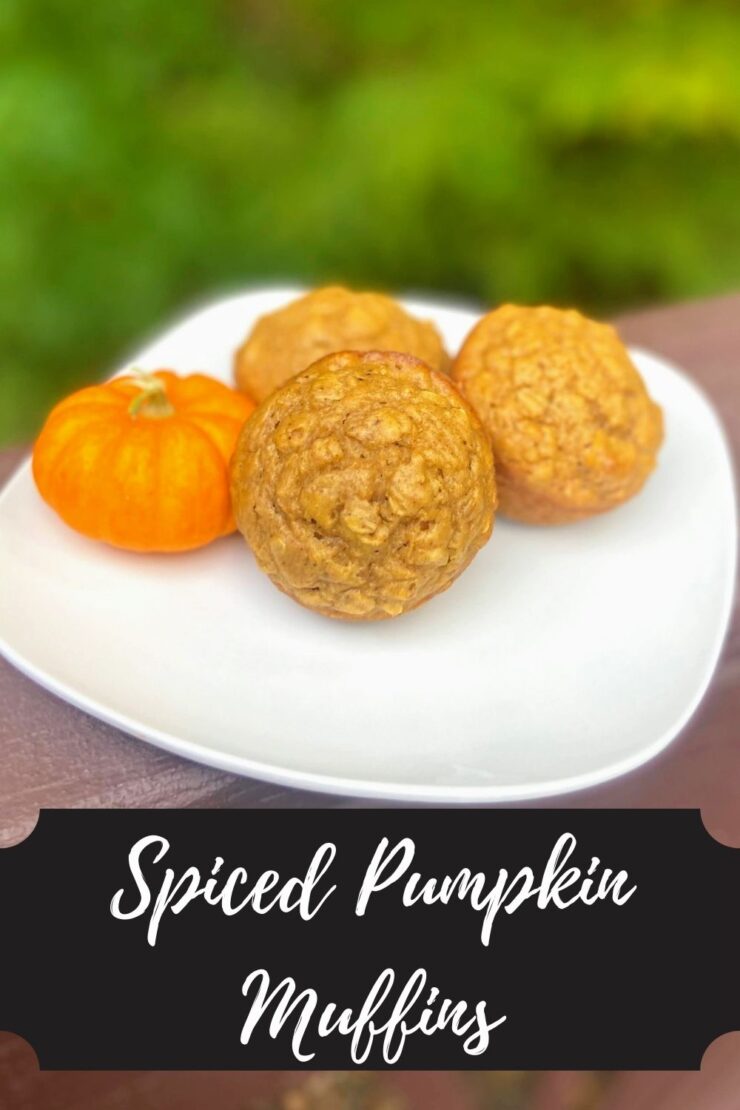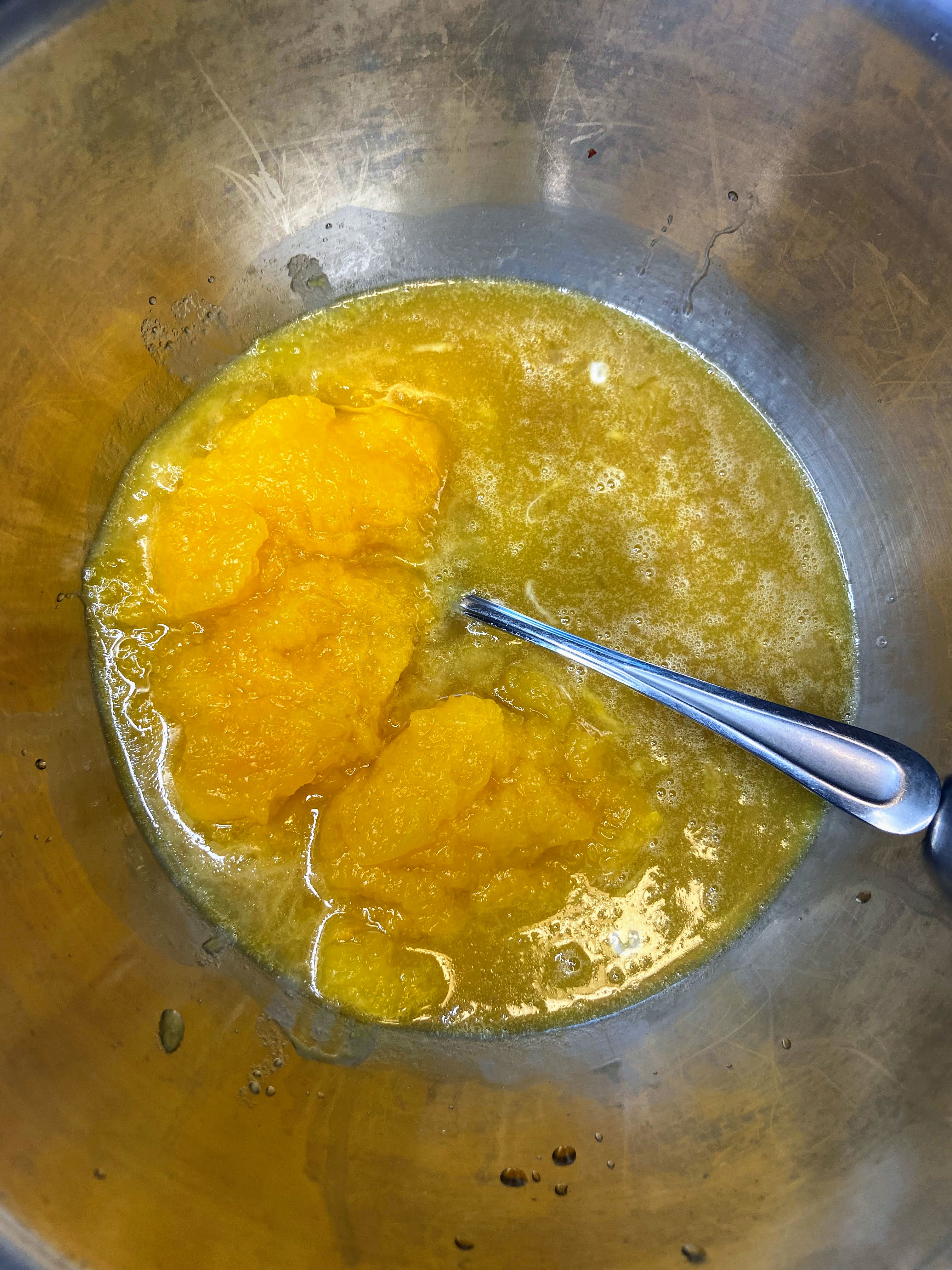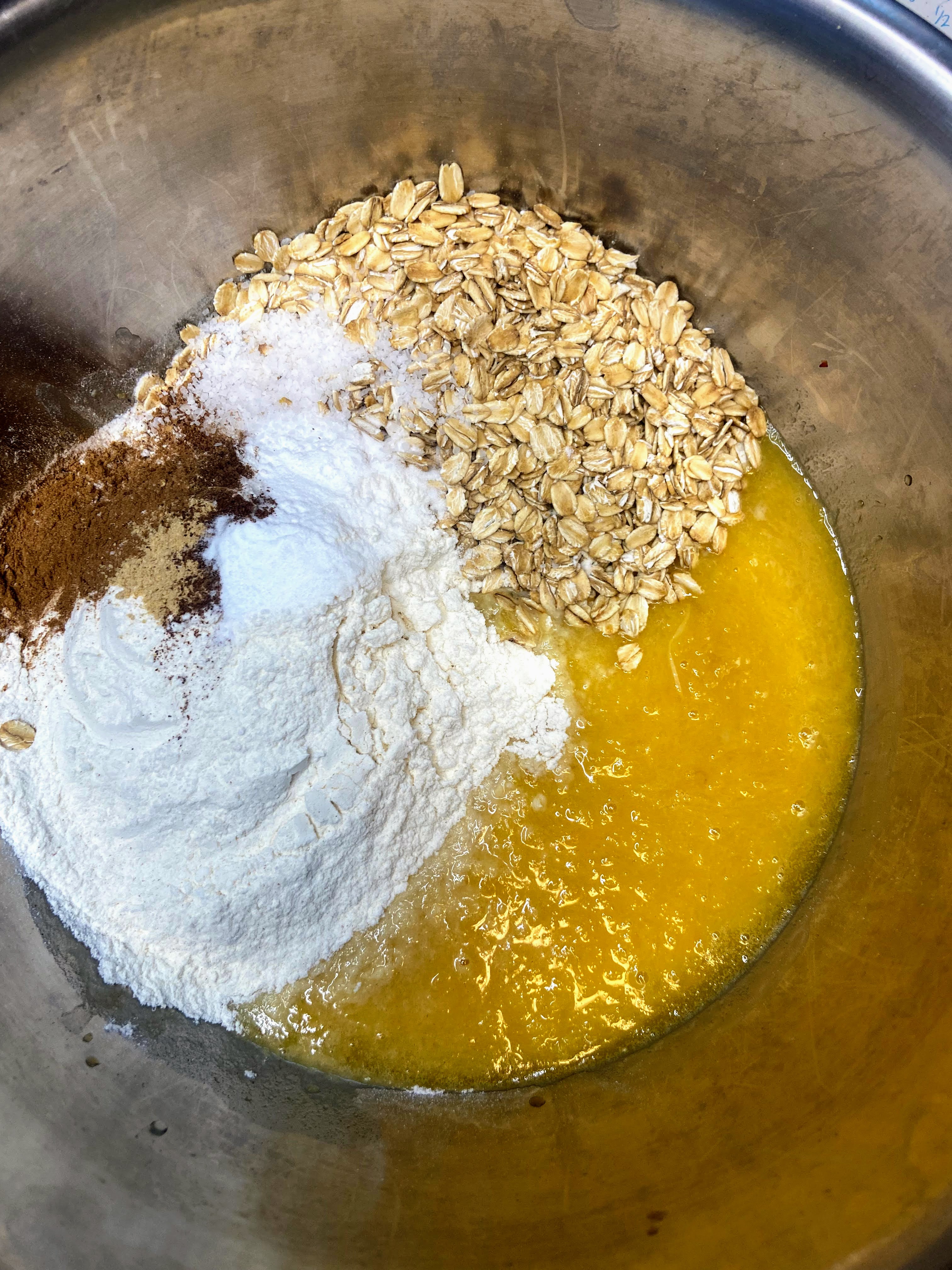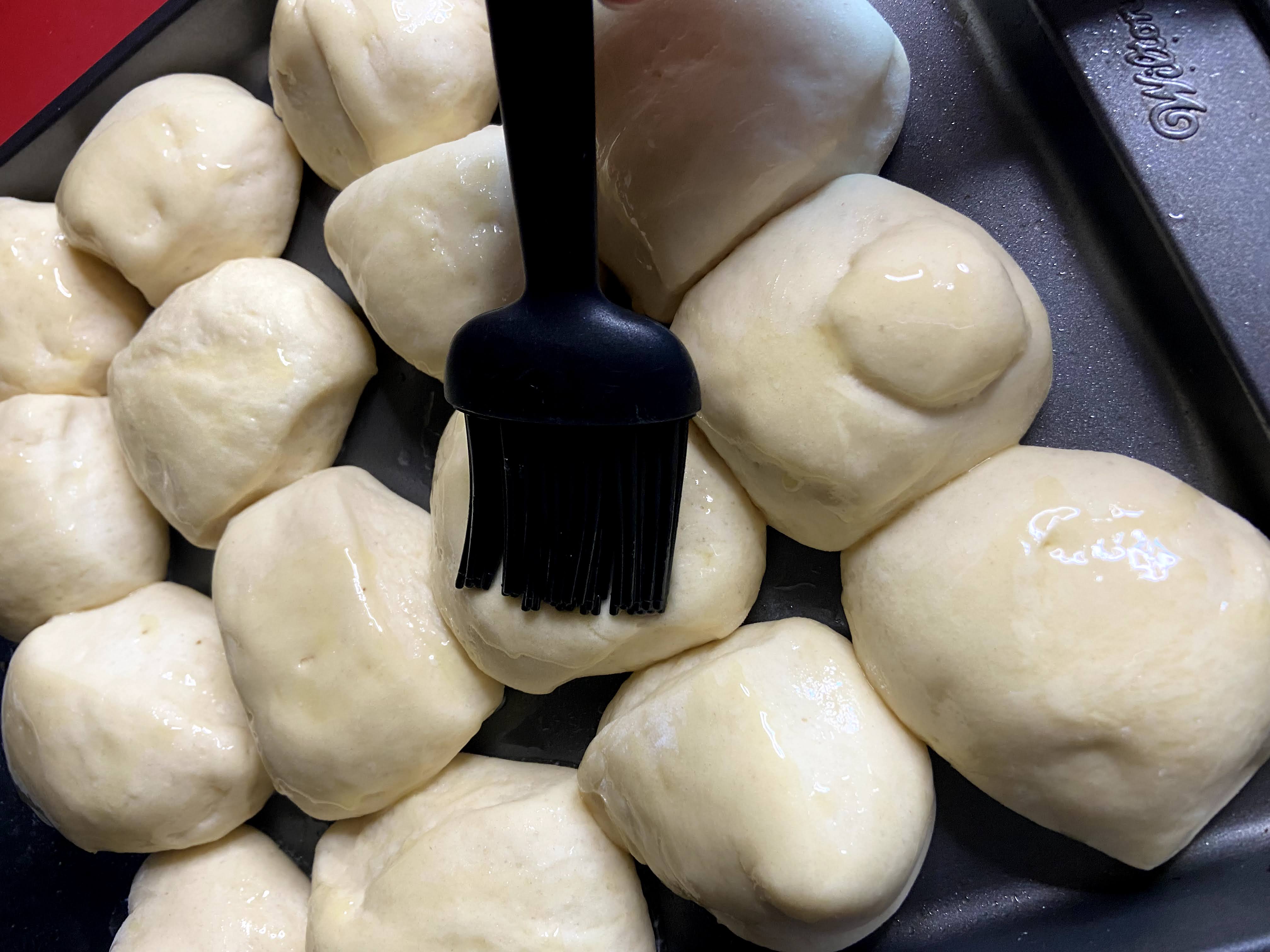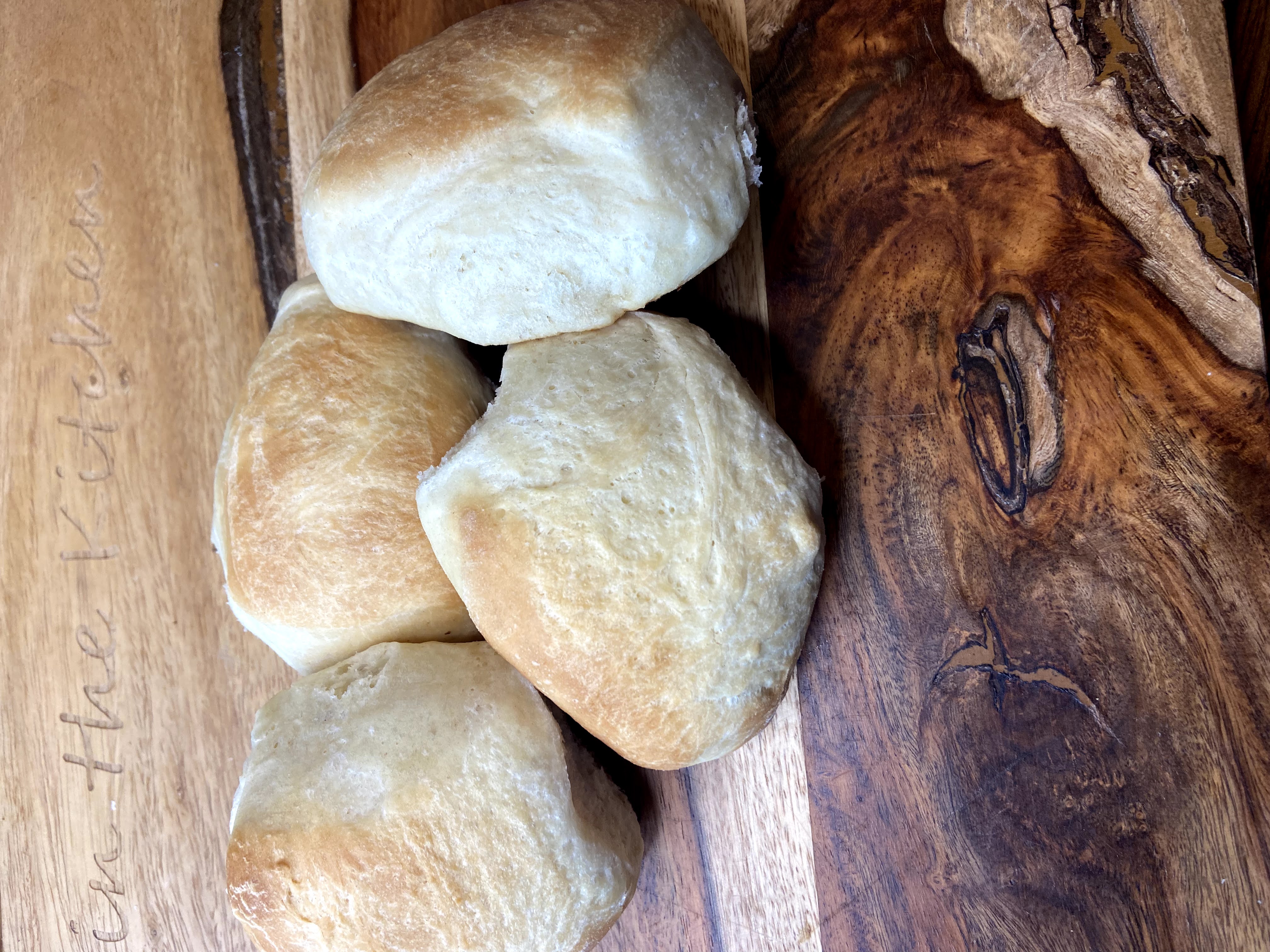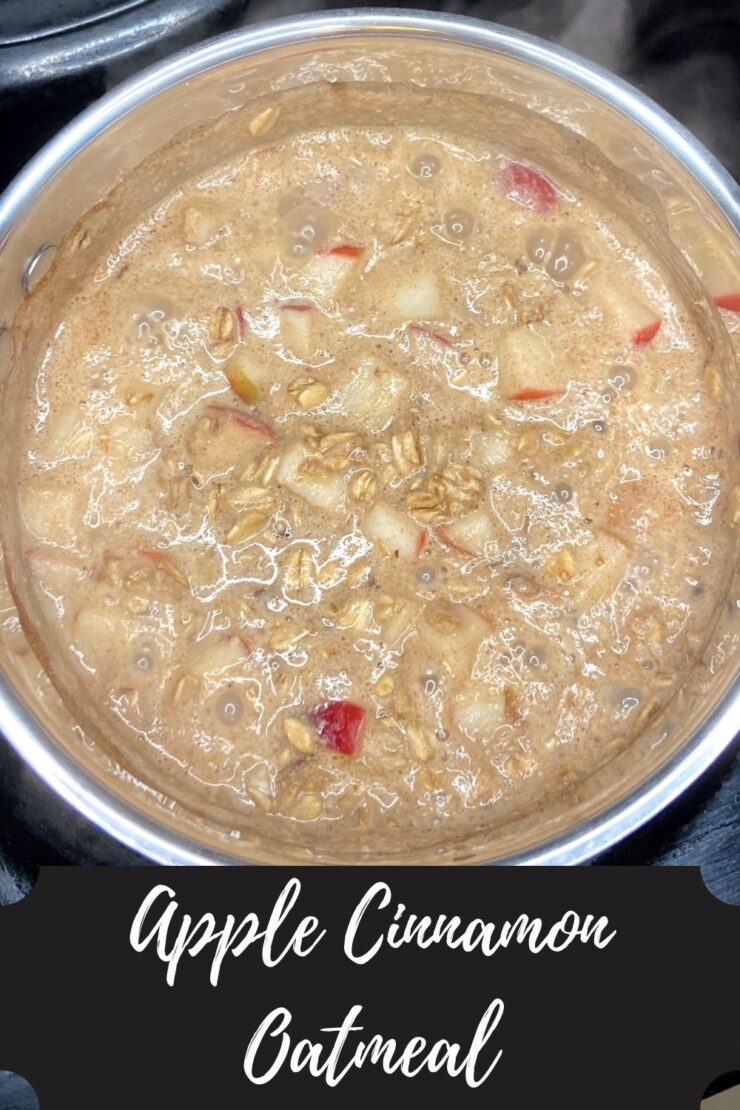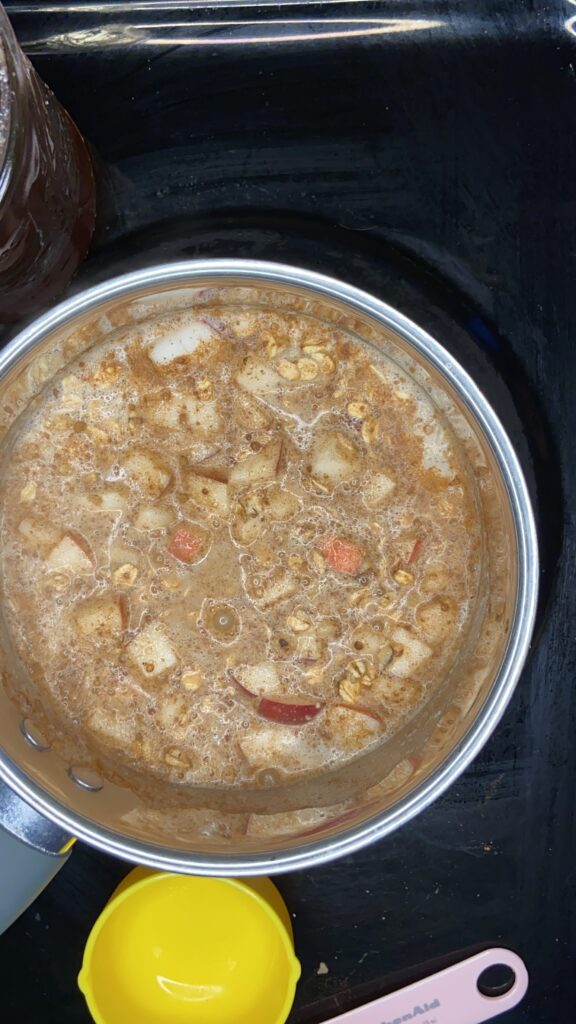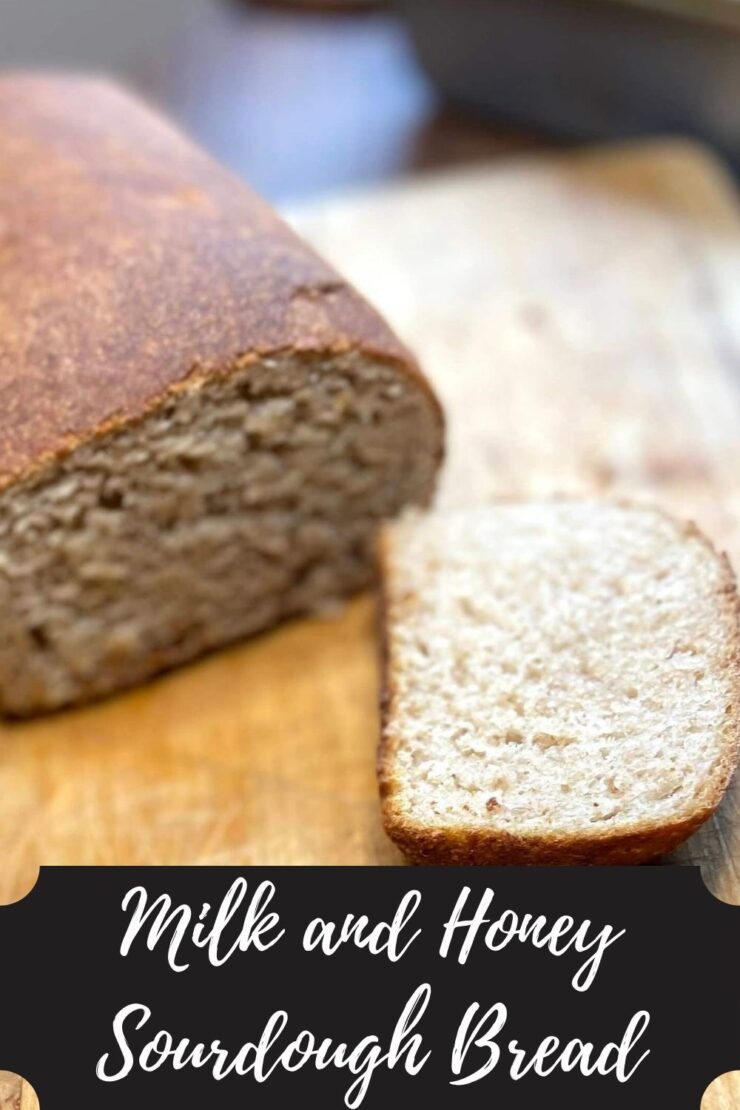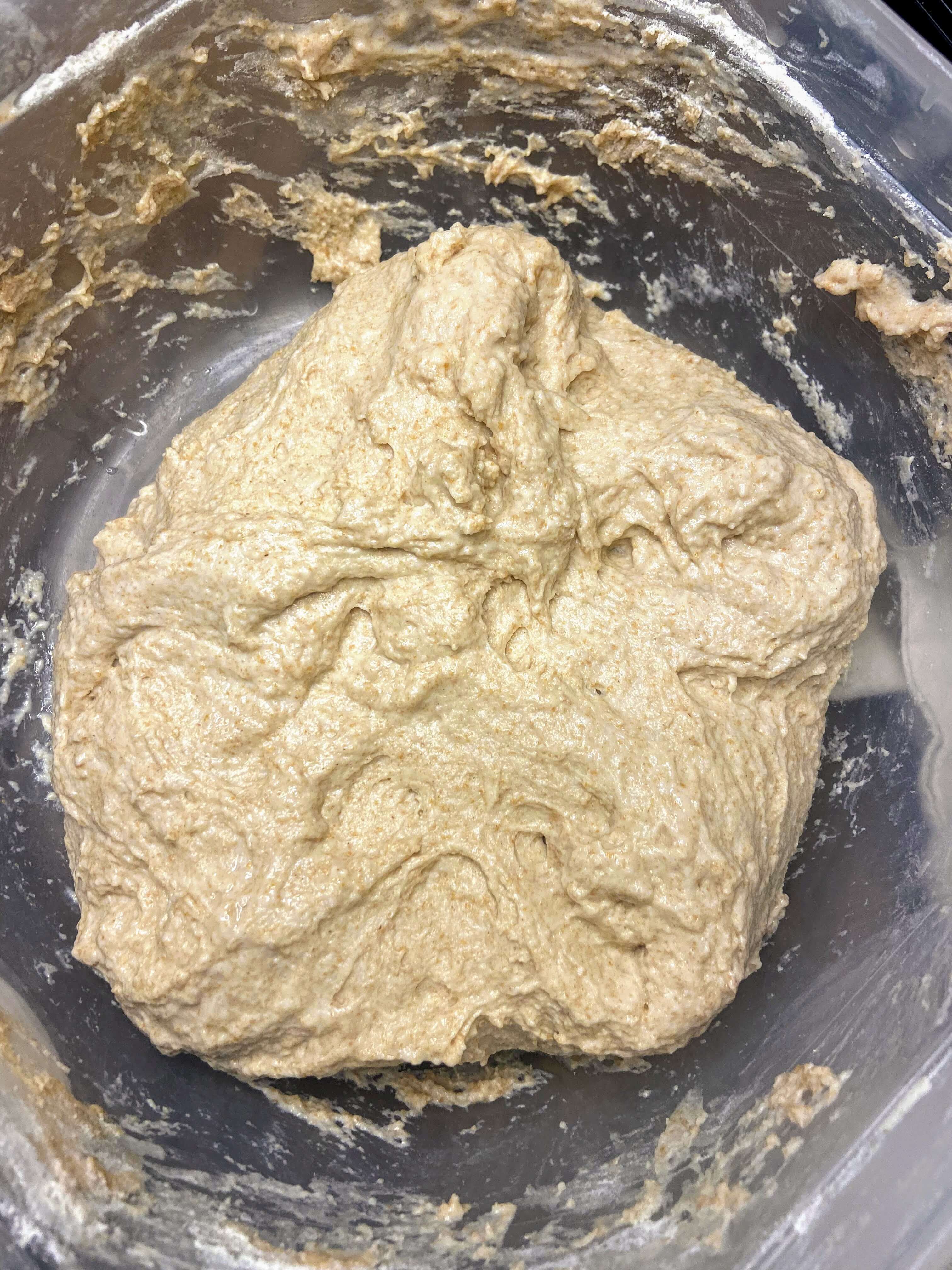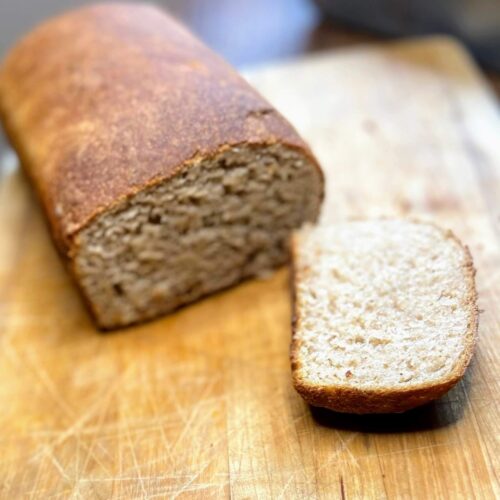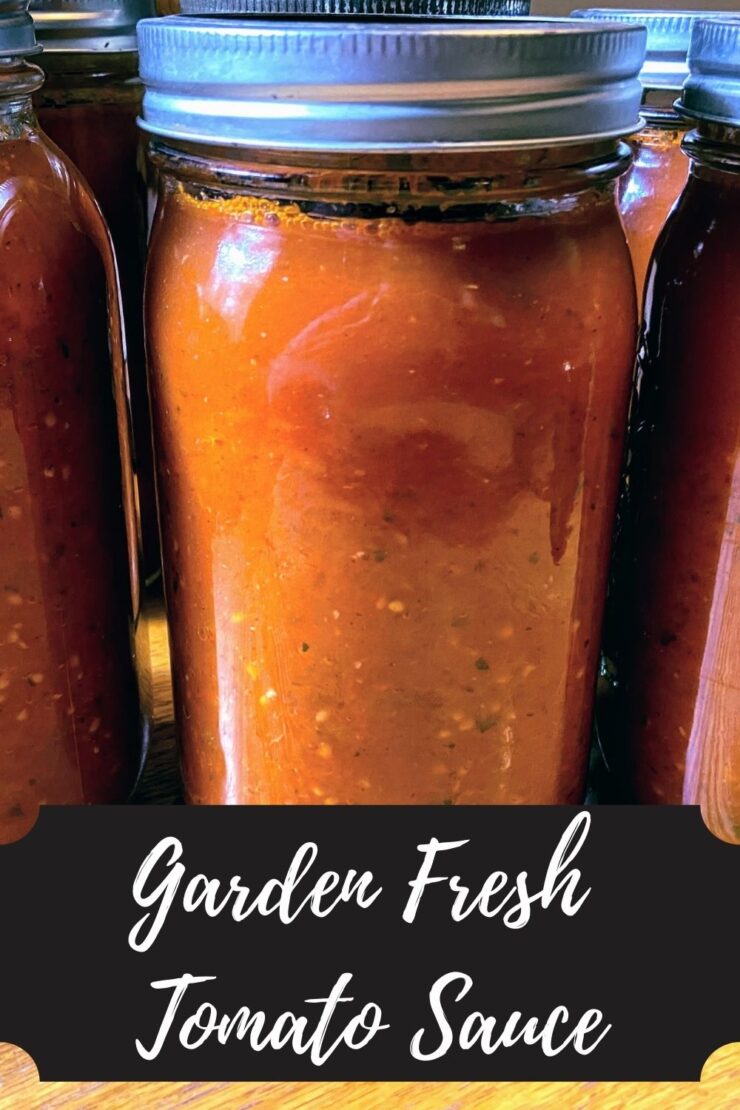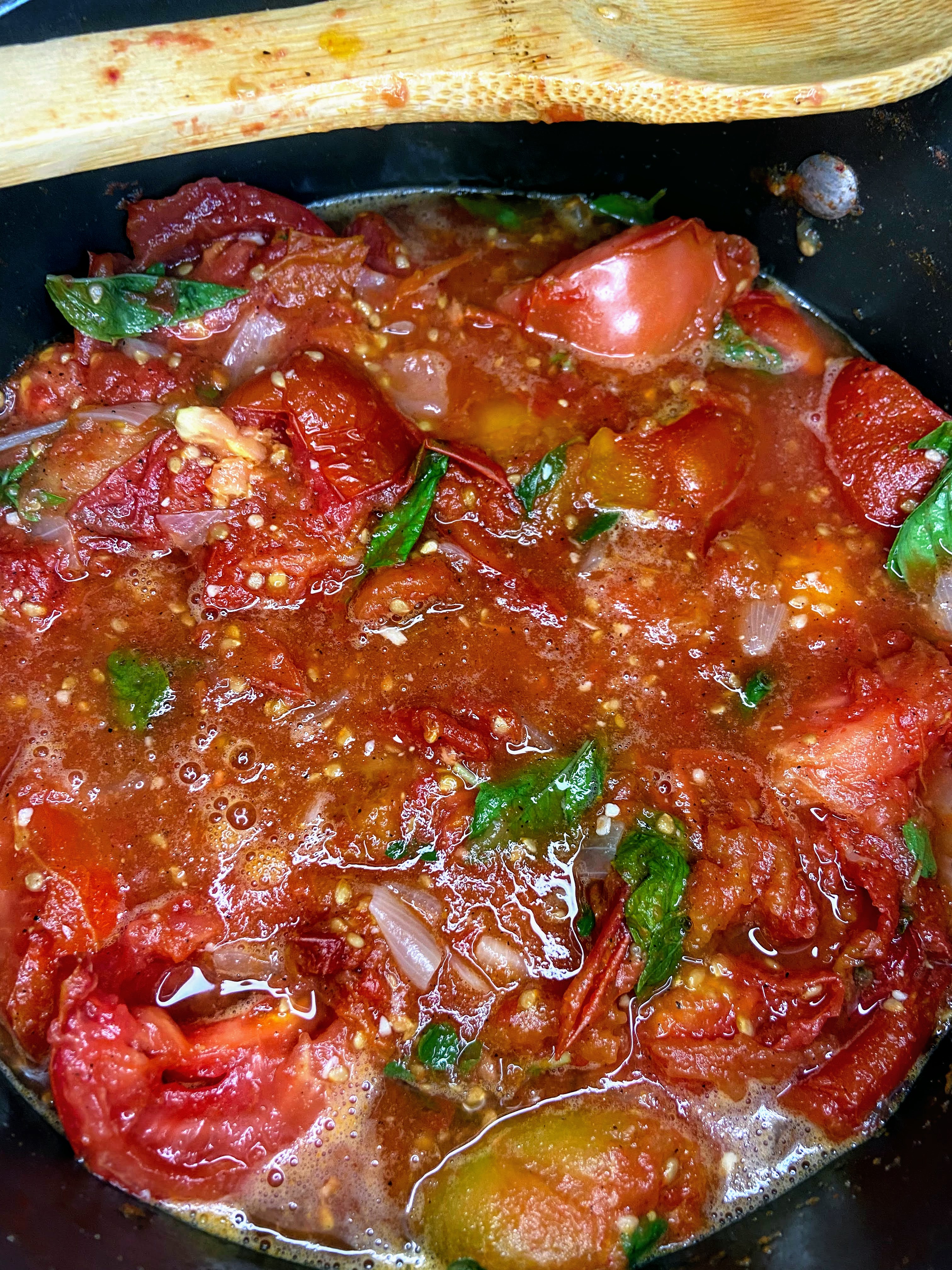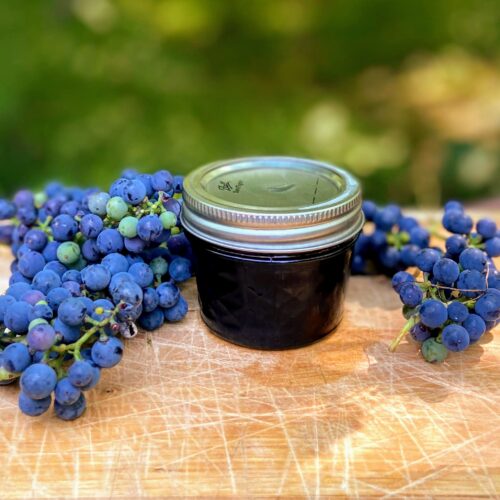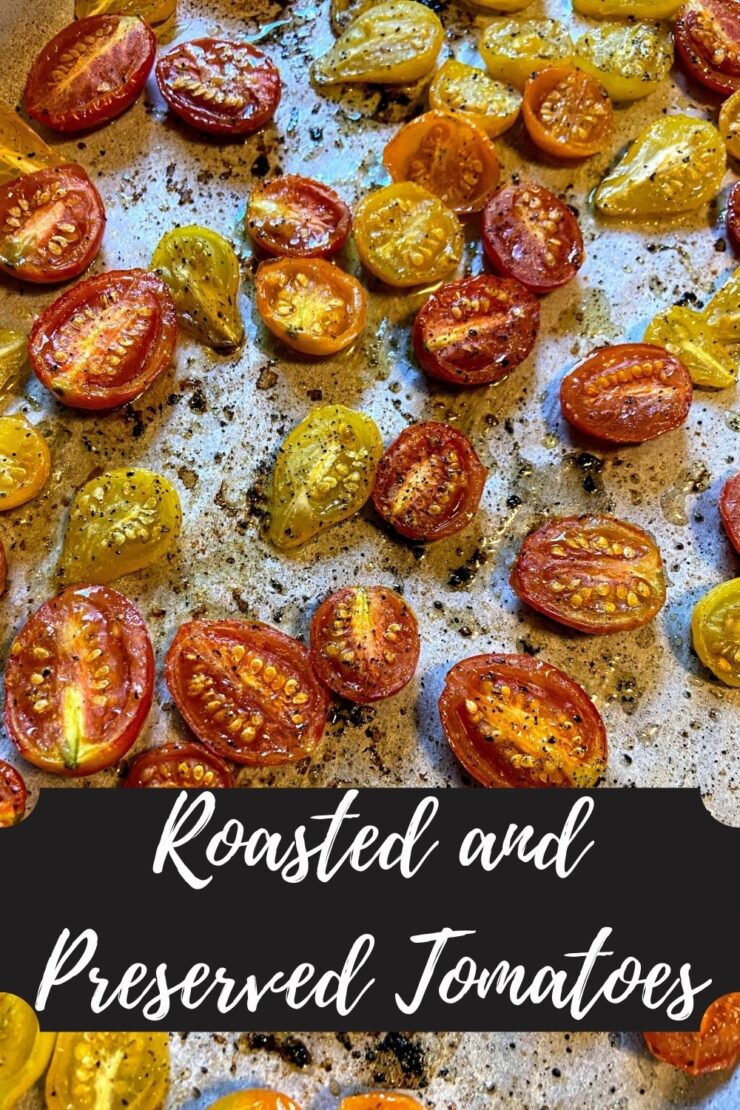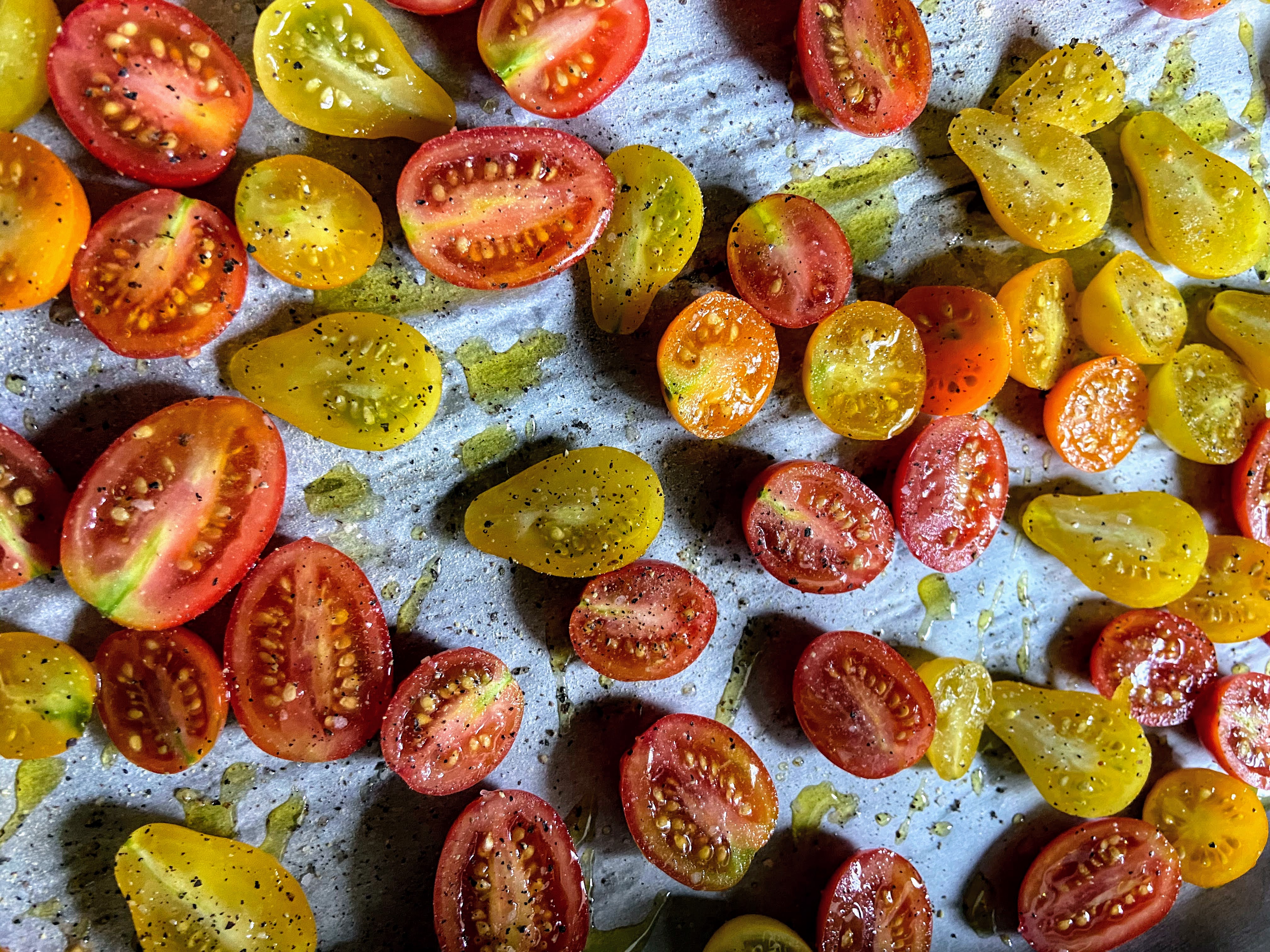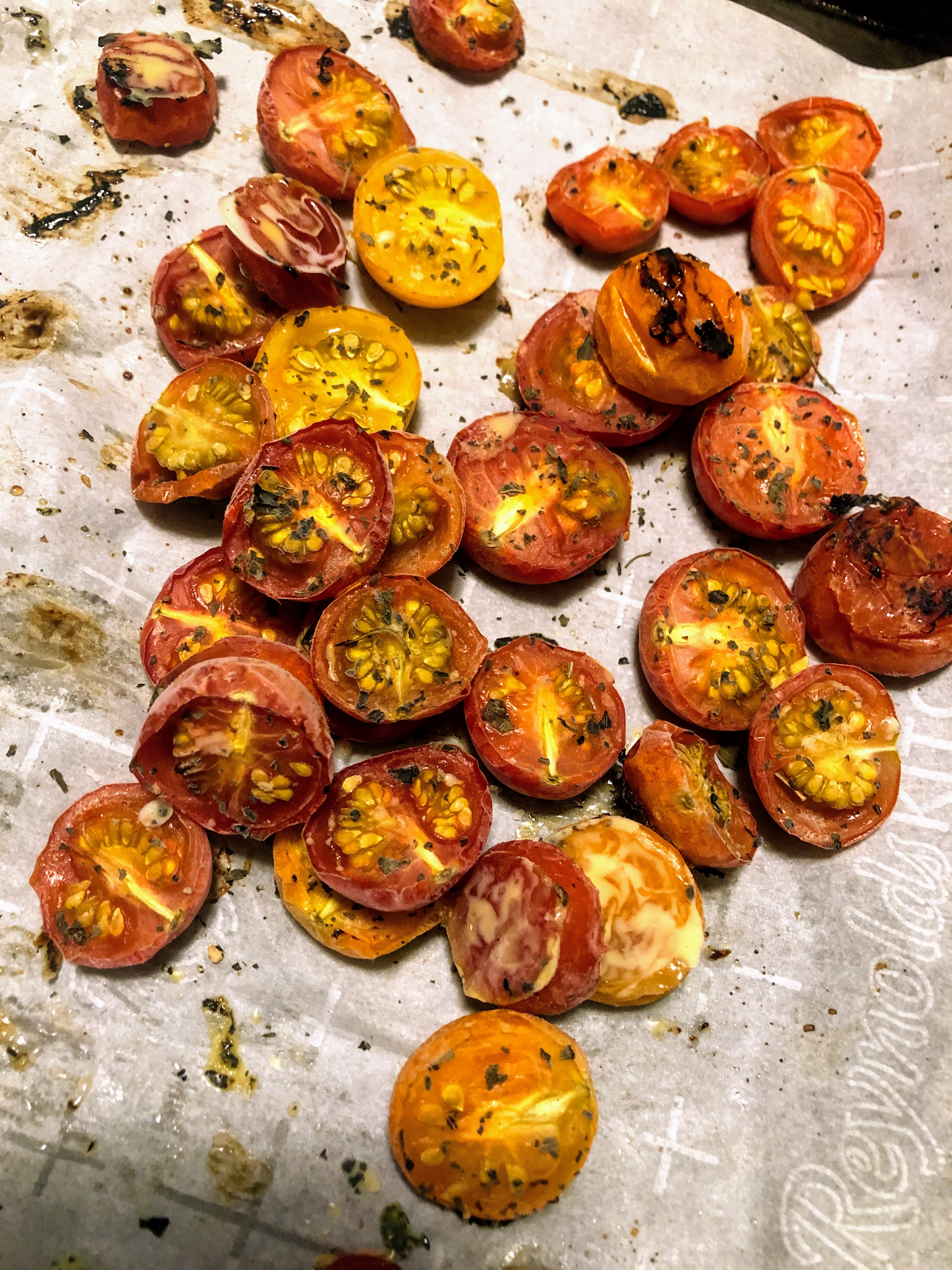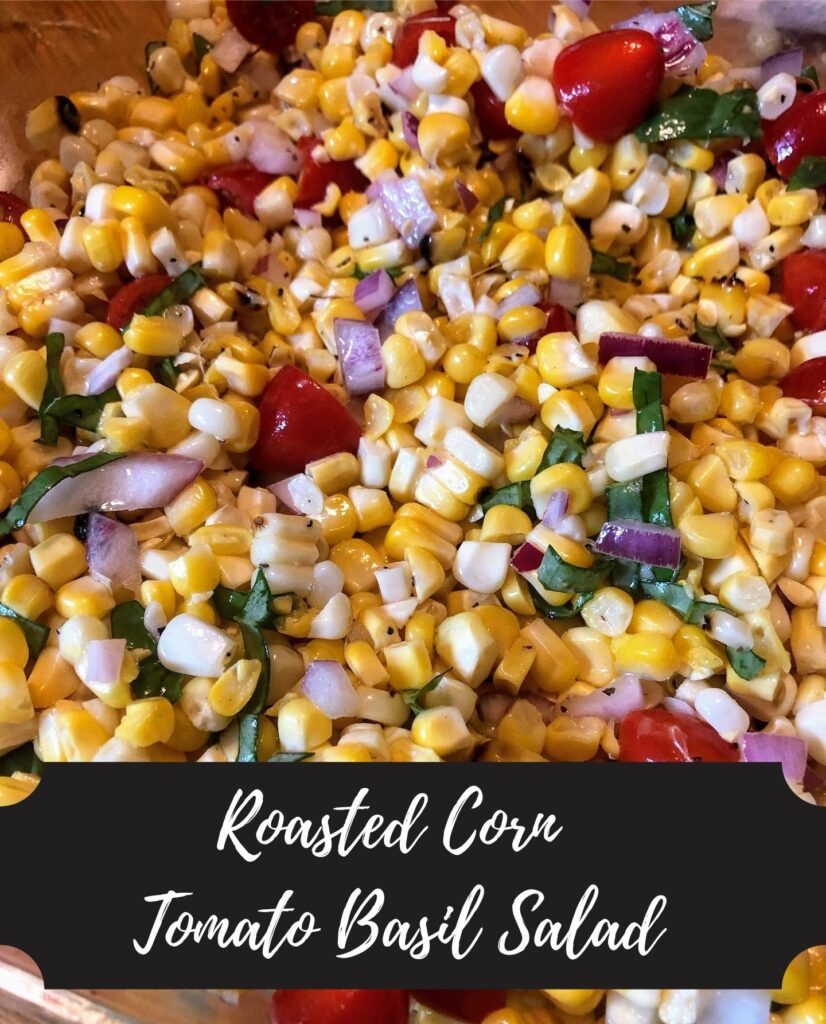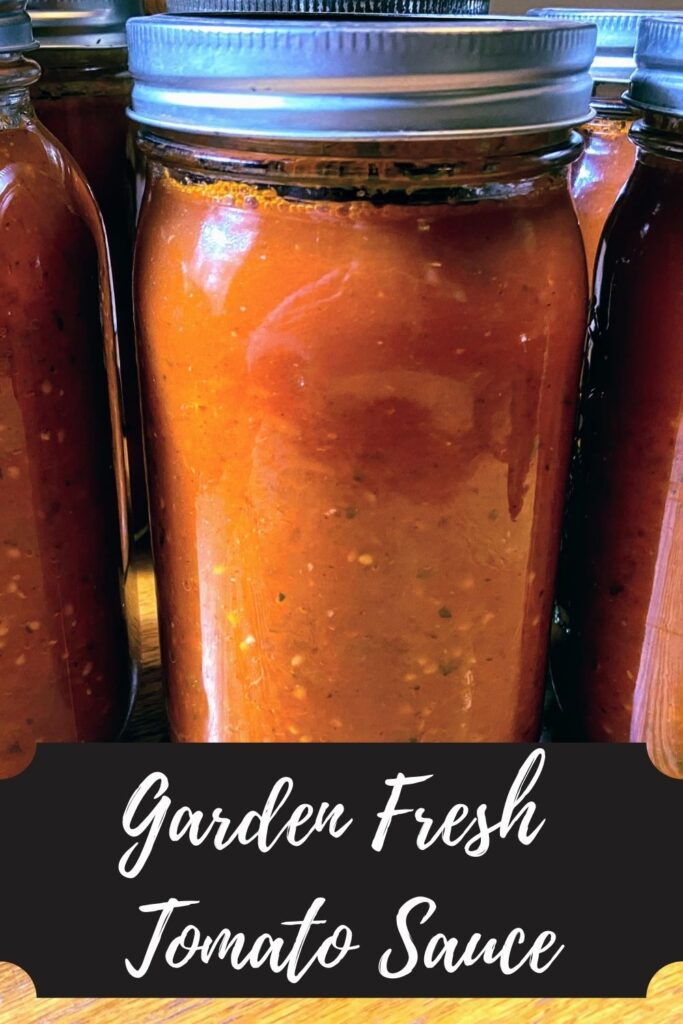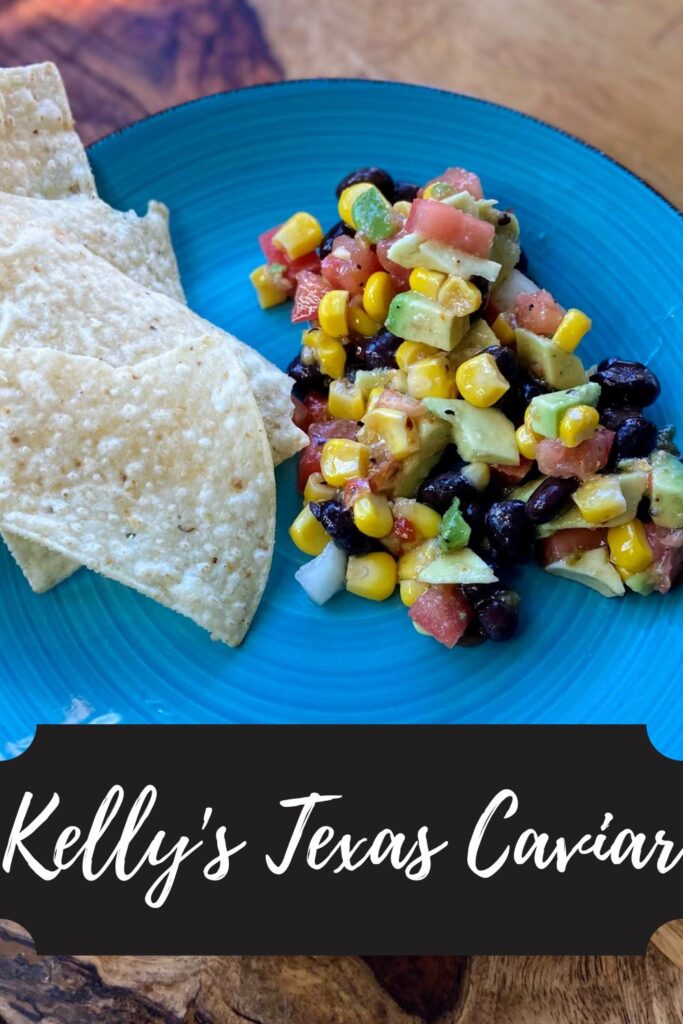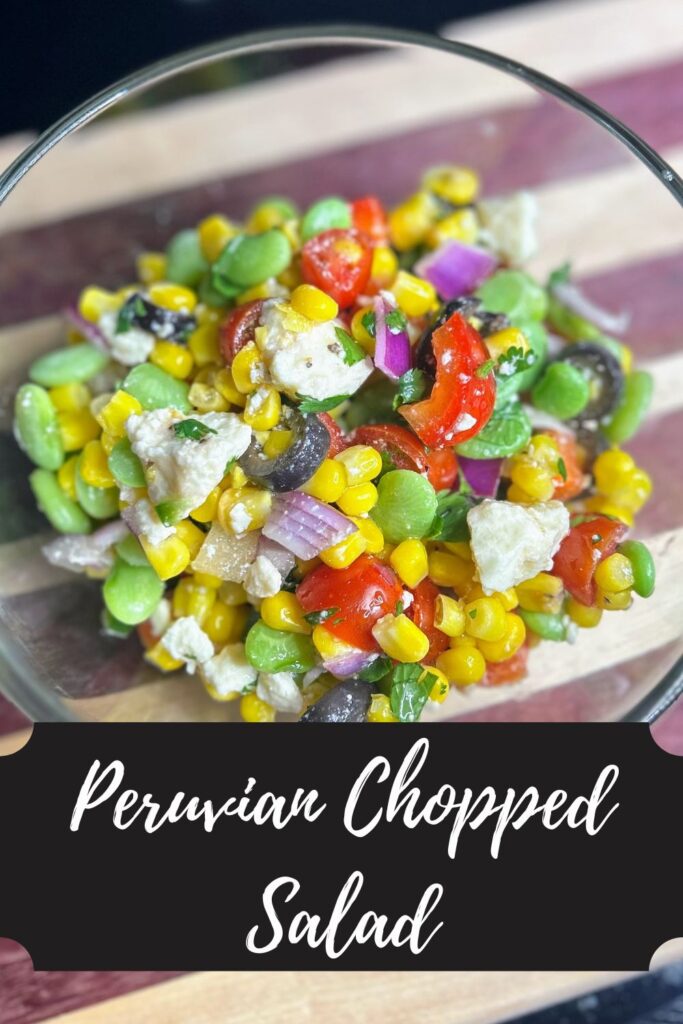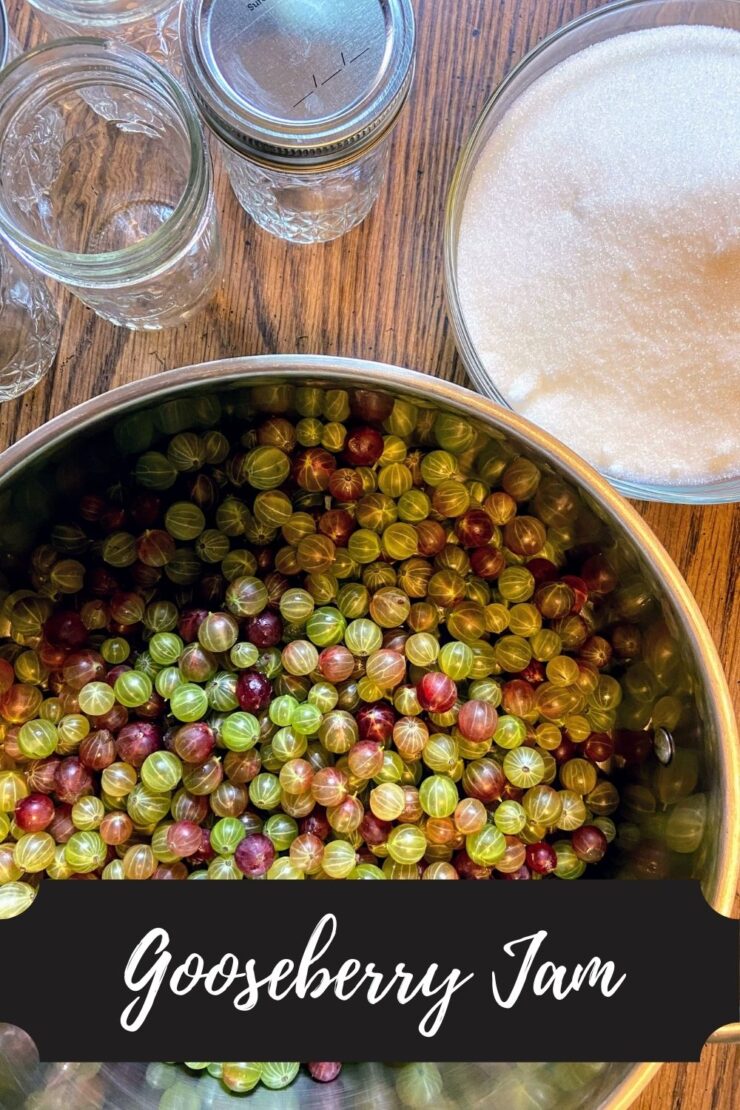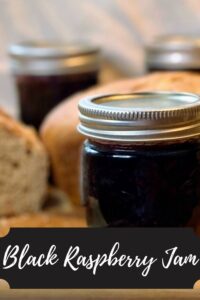Growing up, I don’t remember either of my parents making homemade applesauce. That isn’t to say they didn’t do it, but I certainly have no memory of it. It wasn’t until I was almost entirely through college that I even realized canning and preserving food was something commonplace. I didn’t start my own journey with homegrown and preserved food until late into my twenties, after my son was born.
After we purchased our home in 2009, we immediately set to work to plant a garden and get trees started for our own mini orchard. At that point, I still had no idea where my future in home preservation was headed. My in-laws are avid canners and freezers of food they produce in their garden. I don’t know if it was a push by my husband or a curiosity of mine, but I became interested. Slowly, I started by canning pickles and jams. Then tomato sauce. Then my in-laws brought me bushels of apples from their own orchard (ours are JUST starting to produce enough to preserve them. For now, we eat ours and preserve gifted apples). I became interested in making homemade applesauce. Then apple jelly and apple pie filling.
Now, I’ve learned that preserving homemade applesauce doesn’t have to look like canning it (although I like to do a little of both). It can look like freezing it, which is a little less daunting for many. And while I love a low simmer on the stove, a slow cooker does the trick and takes the pressure off of worrying if it’s going to burn. Big win, right?
So if you’re ready, I am excited to share my homemade applesauce recipe for freezing.
Your Ingredients for HOmemade AppleSauce
- 8-9 pounds of apples (between 27-36 apples)
- 2-3 cinnamon sticks (optional)
- 1 cup of water
Note: I never add sugar. Apples are sweet enough on their own that I don’t think you need it. If you want to add sugar, I recommend starting low, say, ½ cup. You can add it later, but you can’t unsweeten applesauce after you add it.
Directions for Slow cooker Applesauce
Gather a bowl and a 7-8 quart slow cooker. Peel, core, and slice your apples. Place the scraps in the bowl for Apple Scrap Jelly (yes, you didn’t know you were also making jelly, but here you are, getting ready to!). Set aside (or compost them if you must.)
Place the sliced apples in the slow cooker. Add cinnamon sticks and water. Set on high for 3-4 hours. Every 30 minutes or so, stir and mash a bit with a potato masher or pastry cutter to break down the apples. Cook until apples are soft.
Remove the cinnamon sticks. Now, you have a decision to make: chunky or smooth?
Chunky Applesauce? Continue to mash with the potato masher until you like the texture.
Smooth Applesauce? Hit it with an immersion blender until you get the texture you love.
Allow to cool for approximately an hour. Ladle cooled applesauce into freezer safe containers (I love these container from Arrow). Label and store in the freezer. My mom likes to ladle her applesauce into freezer bags. She likes that they lay flat in the freezer. You do you. (Yes, I know I started by saying my mom didn’t preserve food. She does now. Maybe I inspired her?)
This recipe should result in about 6 pints of applesauce.


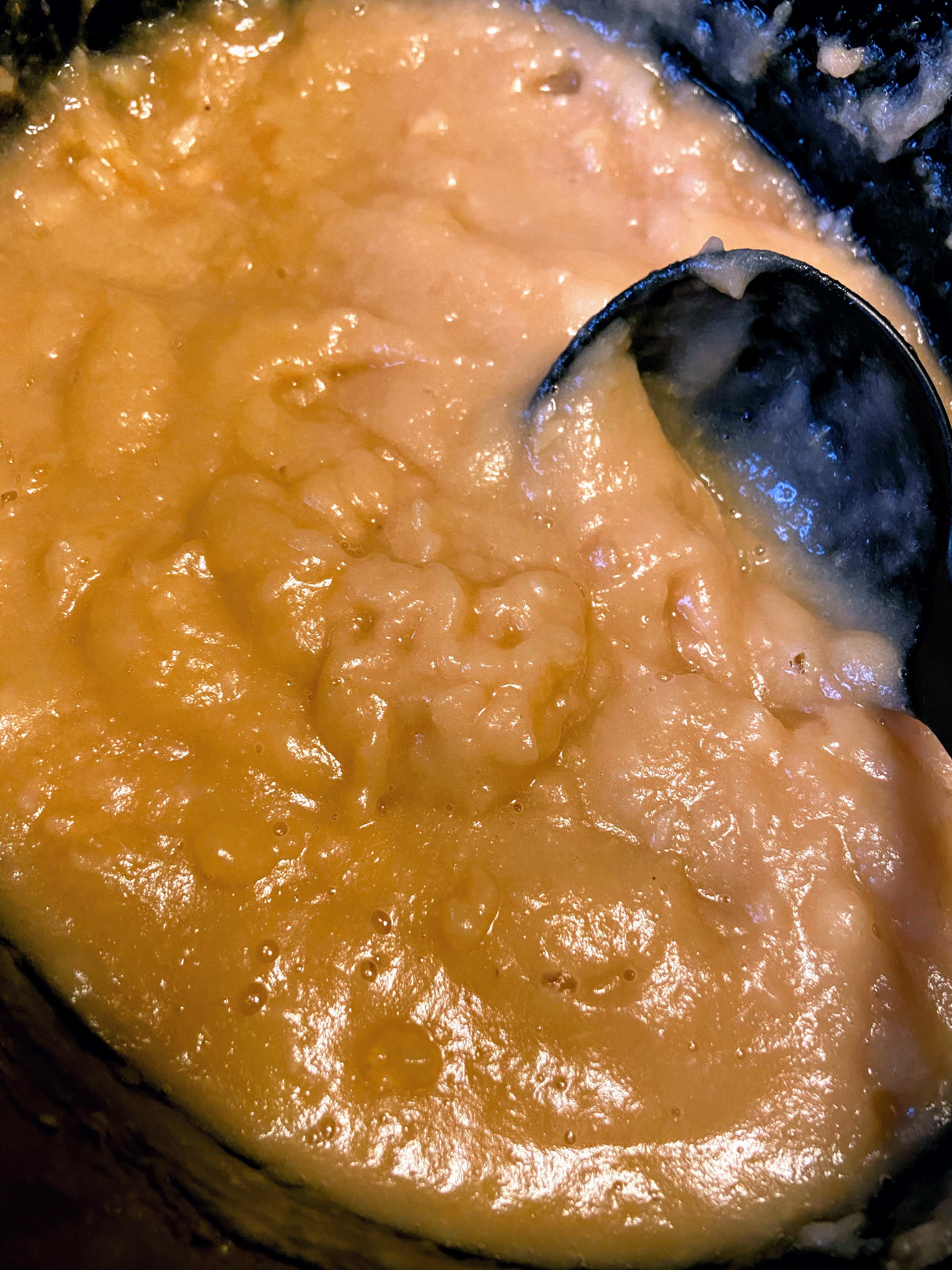
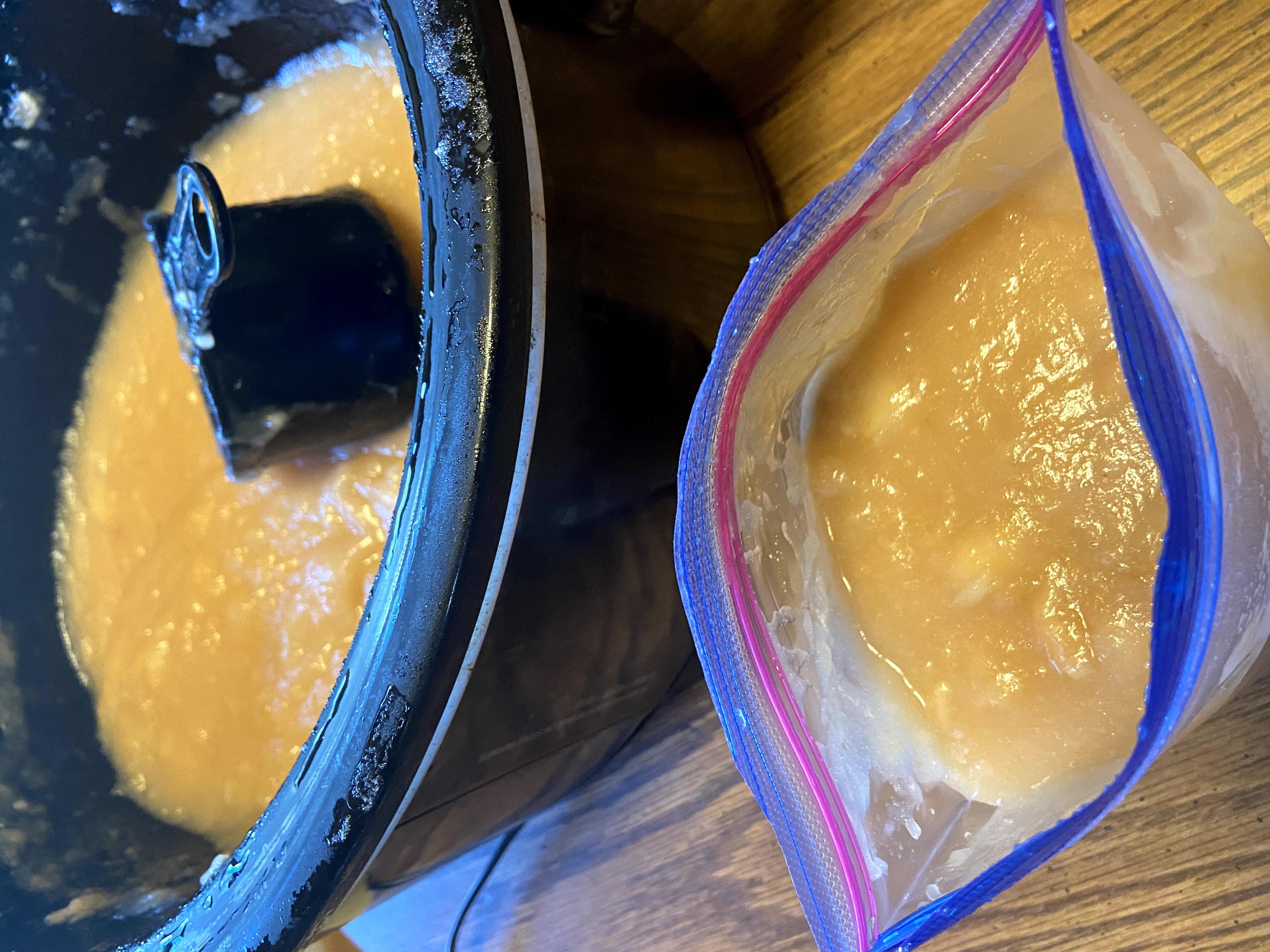


Tools of the Trade
In my post, I talk about my immersion blender (a favorite tool of mine!), my Arrow freezer containers (a go to for apples, portioned leftovers, apple pie filling, and so much more!), and I love my Crock pot. I mean, you can’t go wrong!

Slow Cooker Applesauce
Ingredients
- 8-9 pounds of apples between 27-36 apples
- 2-3 cinnamon sticks optional
- 1 cup of water
Instructions
- Peel, core, and slice your apples. Place in the slow cooker.
- Add cinnamon sticks and water. Set on high for 3-4 hours.
- Every 30 minutes or so, stir and mash a bit with a potato masher or pastry cutter to break down the apples. Cook until apples are soft.
- Remove the cinnamon sticks.
- If you prefer chunky applesauce, continue to mash with the potato masher until preferred texture. If you prefer smooth applesauce, blend with an immersion blender.
- Allow to cool for approximately an hour. Ladle cooled applesauce into freezer safe containers. Label and freeze.


